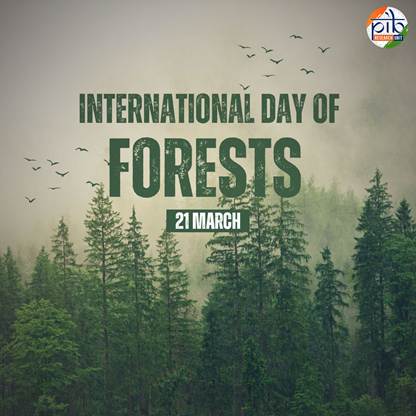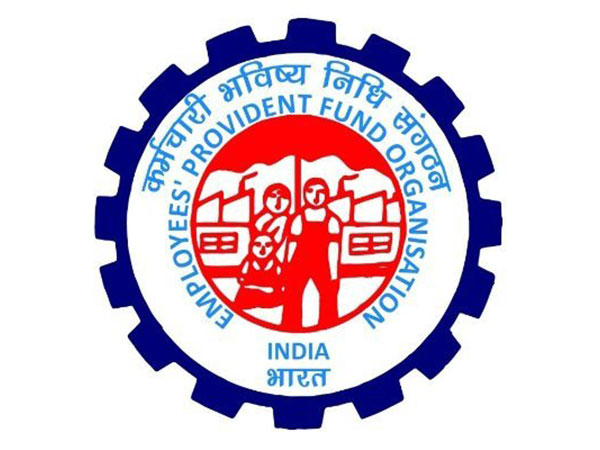International Day of Forests, observed annually on March 21, highlights the vital role forests play in sustaining our ecosystem. This year’s theme, “Forests and Food,” emphasizes the crucial link between forests, food security, biodiversity, and climate resilience.
Schemes for Forest Protection in India
In India, forests are deeply intertwined with the nation’s culture, economy, and biodiversity. Their protection is not just an environmental necessity but a fundamental responsibility. The Government of India has launched several initiatives that link forests to food security, nutrition, and livelihoods. Key government initiatives include the National Agroforestry Policy, Green India Mission (GIM), Forest Fire Prevention & Management Scheme (FFPM), and Van Dhan Yojana.
National Agroforestry Policy
Agroforestry is a sustainable land-use system that integrates trees and crops to boost agricultural productivity, improve soil fertility, and offer additional income for farmers. Recognizing its potential, the National Agroforestry Policy was introduced in 2014 to promote tree plantation on farmland.
Objectives of the Scheme:
The scheme aims to expand forest and tree cover by 5 million hectares and improve the quality of an additional 5 million hectares of forest and non-forest land. It seeks to enhance ecosystem services, including carbon storage, water management, and biodiversity. Additionally, it focuses on improving livelihoods for 3 million households by increasing income from forest-based activities.
Funding and Support:
By July 2024, Rs. 909.82 crore had been allocated to 17 states and one Union Territory for plantation and ecological restoration over 155,130 hectares. In Maharashtra’s Palghar district, 464.20 hectares in Dahanu Division were covered under GIM for plantation and restoration.
Green India Mission (GIM)
The Green India Mission (GIM), a part of India’s National Action Plan on Climate Change (NAPCC), aims to protect, restore, and enhance India’s forest cover while addressing climate change. Launched in FY 2015-16, GIM focuses on improving biodiversity, water resources, and ecosystems like mangroves and wetlands.
Mission Goals:
The scheme aims to expand forest and tree cover by 5 million hectares and improve the quality of another 5 million hectares of forest and non-forest land. It promotes ecosystem services such as carbon storage, water management, and biodiversity. Additionally, the scheme seeks to improve livelihoods for 3 million households by increasing income from forest-based activities.
Forest Fire Prevention & Management Scheme (FFPM)
The Forest Fire Prevention & Management Scheme is a centrally sponsored initiative that assists states and Union Territories in controlling and preventing forest fires. Forest Survey of India (FSI), based in Dehradun, manages a forest fire detection system using remote sensing technology to monitor forest fires in near real-time.
The scheme aims to reduce fire incidents and involves local communities in forest protection while employing modern technologies like Remote Sensing, GPS, and GIS for better fire prevention.
Van Dhan Yojana
Launched in 2018 by the Ministry of Tribal Affairs and TRIFED, the Pradhan Mantri Van Dhan Yojana (PMVDY) seeks to improve the livelihoods of tribal communities by enhancing the value of forest produce. The scheme empowers tribal gatherers to become entrepreneurs through skill training, infrastructure support, and market linkages.
Formation of Van Dhan Vikas Kendras (VDVKs):
Under this initiative, tribal communities create Van Dhan Vikas Kendras (VDVKs), each consisting of 300 members from 15 Self-Help Groups (SHGs). These centers act as hubs for processing, value addition, and marketing of Minor Forest Produce (MFPs).




















